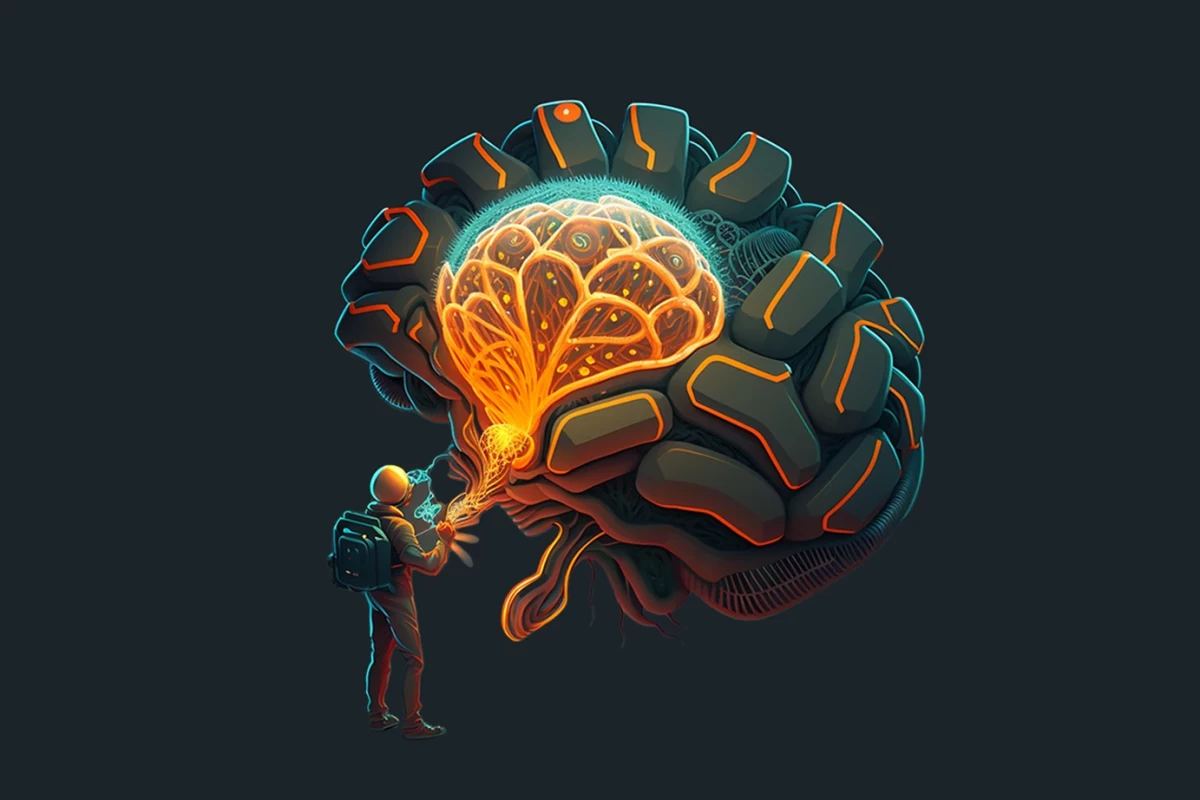When it comes to fighting the deadly brain cancer known as glioblastoma, options are very much limited. This led a Canadian research team to take a novel approach. They tricked cancer cells into taking up carbon nanotubes, and they then shredded those cells by spinning the tubes using magnetic force. The treatment in mice shrunk tumor size and extended the rodents' lives, a finding that has the researchers hopeful for a similar result in humans.
Glioblastoma tumors grow quickly, invade local brain tissue, and develop resistance to chemotherapy and radiation treatments, making them very difficult to fight. Also, any left-behind cancer cells tend to return with a vengeance, although efforts are underway to keep that from happening.
Building on previous work, researchers at the University of Toronto Robotics Institute and The Hospital for Sick Children (SickKids), filled carbon nanotubes with iron oxide particles to make them magnetic. Then they coated them with an antibody that allowed the tubes to bind with a protein on the outside of glioblastoma cells. After binding, the tubes were ingested by the cancer cells.
Next, by activating a magnetic field near the cancer cells, the tubes were made to spin, wreaking havoc to the internal structure of the cells – particularly to their mitochondria, which fundamentally provides cellular energy. In effect, the tubes acted like thousands of mini scalpels that sliced up the cancer cells from the inside.
In tests using mice, the researchers saw significant reductions in tumor size. They also were able to extend the rodents' median life spans from roughly 22 days to about 27 days.
"Through the use of nanotechnology deep inside cancer cells, mechanical nanosurgery is a 'Trojan Horse' approach that could allow us to destroy tumor cells from within," said study co-author Xi Huang, a Senior Scientist in the Developmental & Stem Cell Biology program at SickKids.
The process now needs more fine-tuning before it can be tested out on humans, but any new development in the field of glioblastoma treatment, such causing the cancerous cells to self-destruct based on diet, is a welcome one for anyone who's ever been touched by the disease.
While developed specifically to help fight glioblastoma, Huang also says that the new nano-bot technique could also be adjusted to work on other types of tumors. "Theoretically, by changing the antibody coating and redirecting nanotubes to the desired tumor site, we could potentially have a means to precisely destroy tumor cells in other cancers," he said.
The work has been published in the journal, Science Advances. You can learn more about it in the following video.
Sources: SickKids, University of Toronto





